The best monitors for photo editing are essential purchases for any photographer who is looking to take their photographs to the next level.
To make things easier, we've rounded up the best photo editing monitors that offer exceptional image quality. The screens on this page have been created specifically for photo editing, and that means they offer factory-calibrated colors and wide color gamut support for excellent accuracy, and offer high resolutions of 4K, 5K and even 8K, allowing you to view - and edit - your photos, no matter if you're a professional photographer, or a keen hobbyist.
There's a huge amount of monitors out there, and not all of them are ideal for photo editing, so to make things as easier as possible, we've gathered the best monitors for photo editing right here, from the best 4K monitor to the lower resolution yet more affordable options. While it’s true that many of these monitors are pricey, there are some affordable ones, giving photographers with different budgets a variety of options.
- Looking to print and store your edits? Check out our best photo book guide.
- These are the best laptops for photo editing
- A smaller setup? These are the best portable monitors
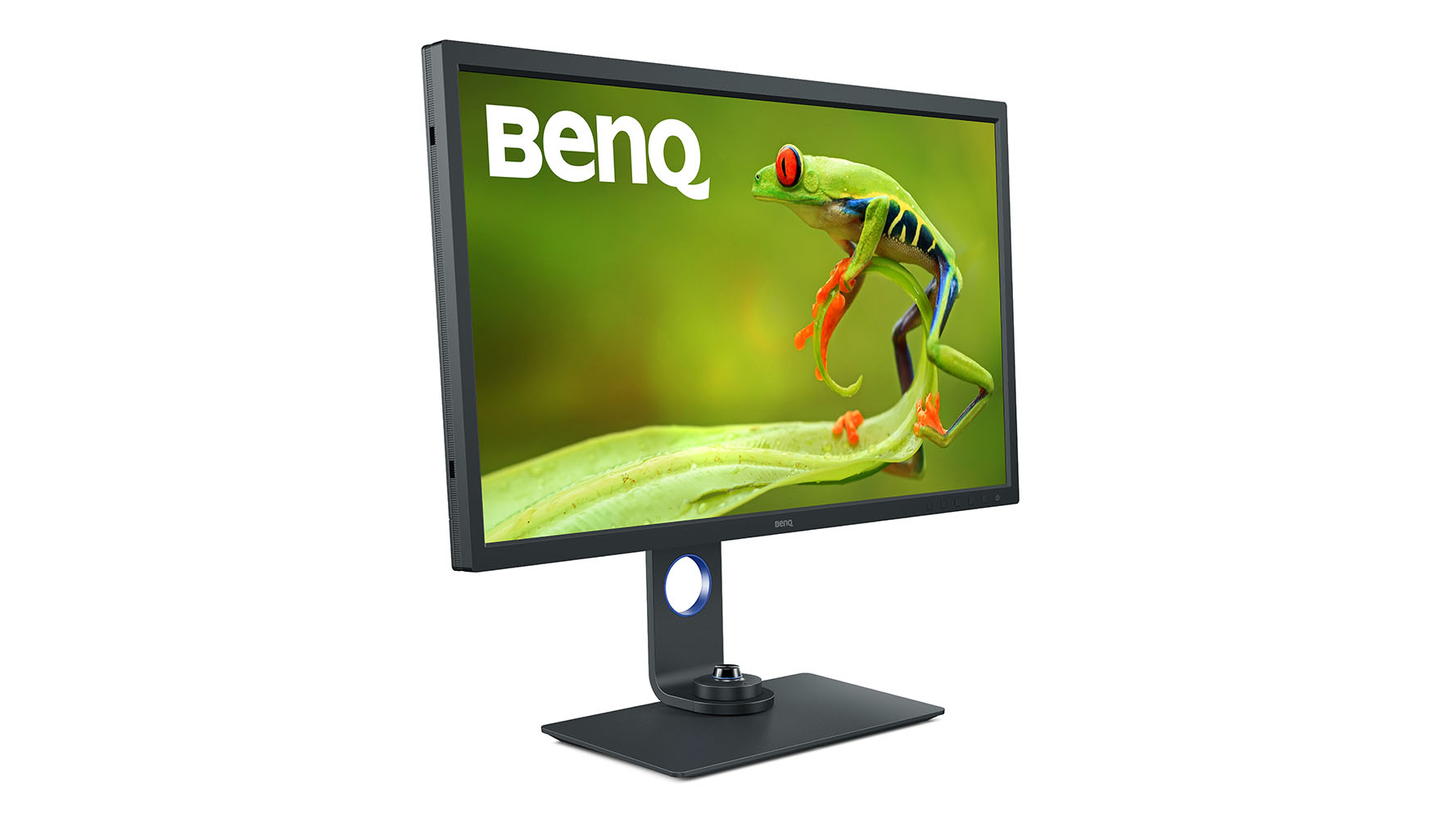
Pro-level displays are no longer the premium priced, inaccessible purchase they started out to be. At least as far as the BenQ SW321C PhotoVue is concerned. This 32-inch 4K photo monitor is up a step or two in terms of both performance and usability, featuring an incredibly wide color gamut of 99% of the Adobe RGB color space and 95% of DCI-P3.
If you’re in the cinematography or photography sphere, that’s exactly what you need. And, that’s on top of all the other features this monitor boasts. This is among the best monitors for photo editing you’ll find, and the best part is you’re getting it for cheaper than all others.
Read the full review: BenQ SW321C PhotoVue
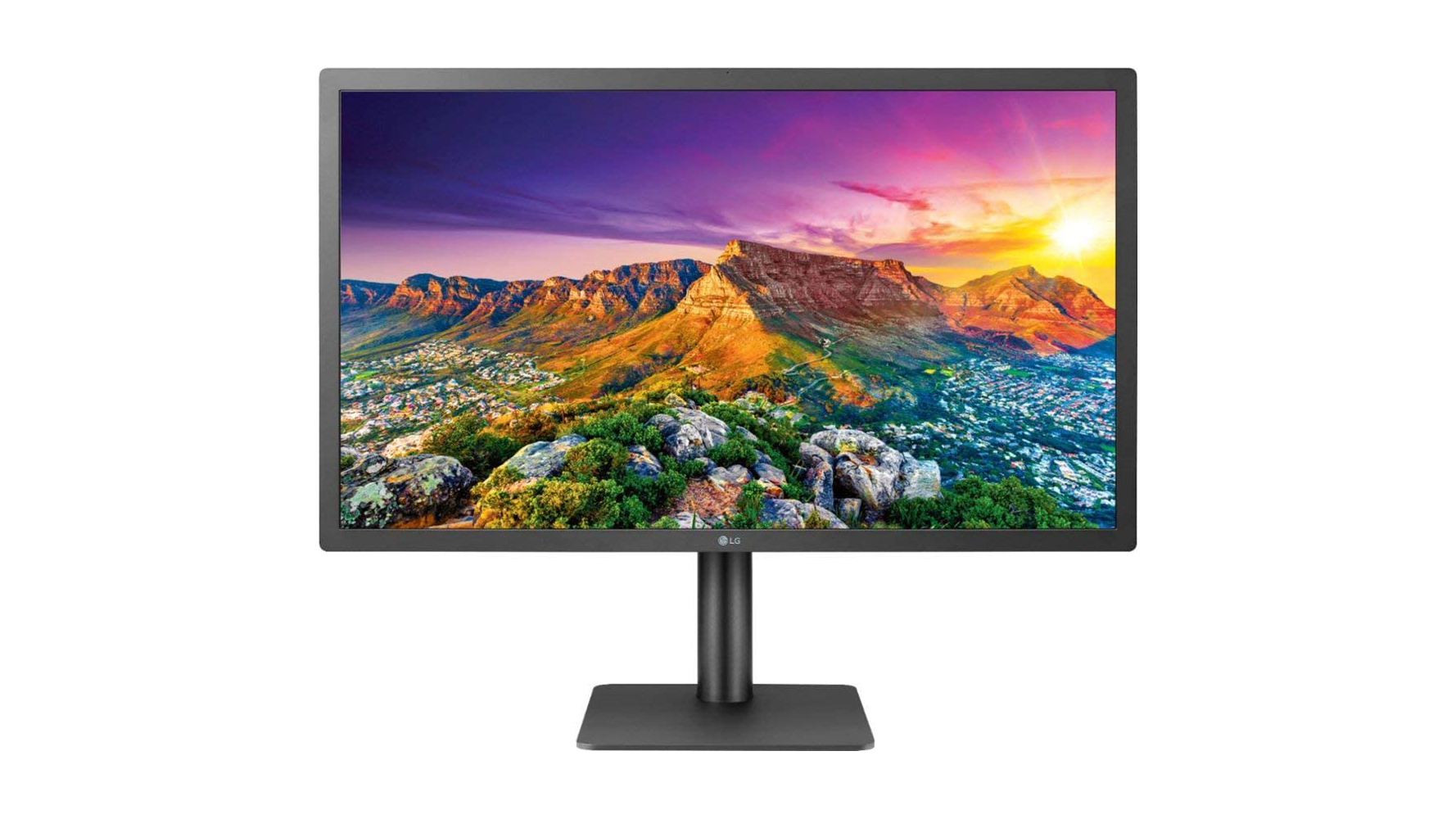
Fledgling content creators will find a great value in the LG UltraFine 24MD4KL-B, if they’re looking for the best monitor for photo editing that won’t break the bank. This 4K display’s high resolution and color accuracy get things done while its USB-C and Thunderbolt 3 is a boon for Apple fans. It’s still pretty pricey, especially for everyday users. However, it’s a pretty good purchase for content creators, especially if you’re used to more expensive models. Though you do have to compromise with a smaller screen size and thicker bezels. If you’re working with a smaller desk space, this is definitely ideal.
Read the full review: LG UltraFine 24MD4KL-B
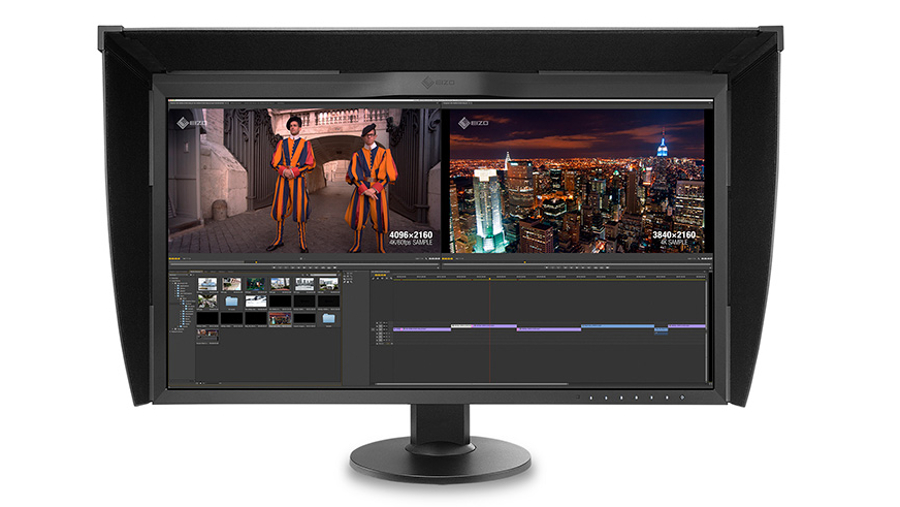
The 31-inch ColorEdge CG318-4K is our current pick for the best monitor for photo editing. This is mainly down to its color accuracy, which is essential for professional photographers who edit their photos. It features full sRGB coverage, 99% of the Adobe RGB spectrum and 98% DCI-P3. It fully supports 10-bit colour, taken from a 16-bit look-up table.
The CG318-4K has a 4096 x 2160 resolution, compared with the 3840 x 2160 resolution used in other 4K computer displays.
All of these features come together to produce a jaw-dropping image, making your photos really stand out. There's also a built-in calibration tool to constantly keep the colors as accurate as possible.
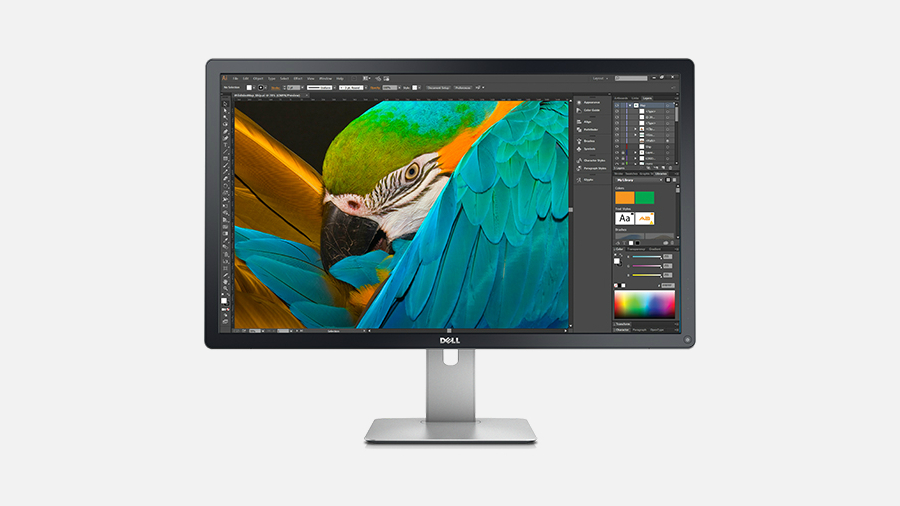
Dell's top-end 31.5-inch 4K display packs in a lot of professional-grade features for superb color accuracy. It is a pricey monitor, however, but then this is a large 4K screen, so you should expect to pay a bit more. It comes with support for the DCI-P3 color spectrum. It has a specification that almost rivals Eizo's monster CG318-4K, as it hits 99% Adobe RGB coverage and 87% DCI-P3, delivering great picture quality.
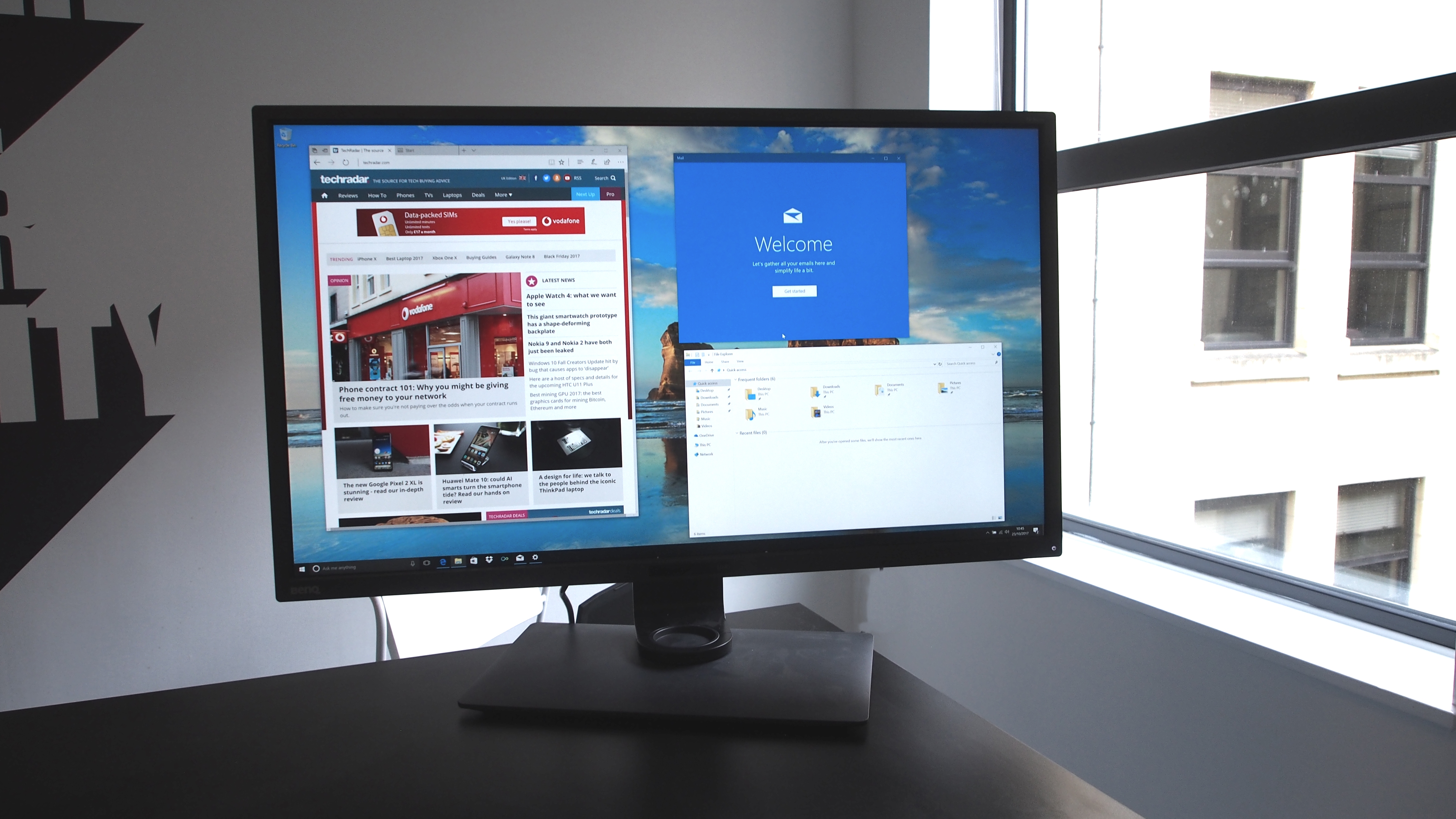
BenQ has added the PD3200U, which features a massive 32-inch Ultra HD display, to its Designer Monitor range. The PD3200U is best suited for creators. 3D designers, for instance, will be grateful for the inclusion of a CAD/CAM mode, while photographers and photo editors will love in the factory-calibrated color accuracy and Rec. 709 adherence.
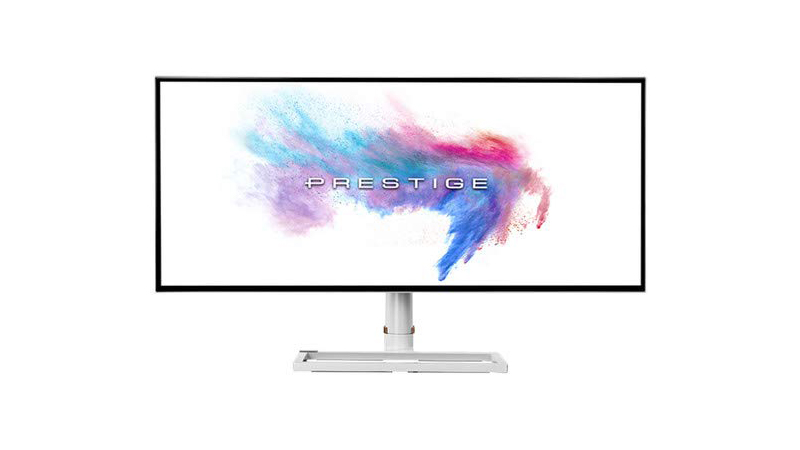
If you’re looking for a monitor that’s a cut above the 4K norm, then you’ve got the MSI Prestige PS341WU. Showing up any impeccable 4K monitor is by no means an easy feat, but this monitor does so with the huge 5K2K native resolution (and 21:9 ultrawide aspect ratio) of its luscious 34-inch IPS screen. It doesn’t come cheap, but it does have a great feature set to make up for that, including a Nano IPS panel with DCI-P3 color gamut, HDR support and comprehensive connectivity. All that packed in a beautiful white aesthetic, and you’ve got yourself one of the best monitors for photo editing.
Read the full review: MSI Prestige PS341WU
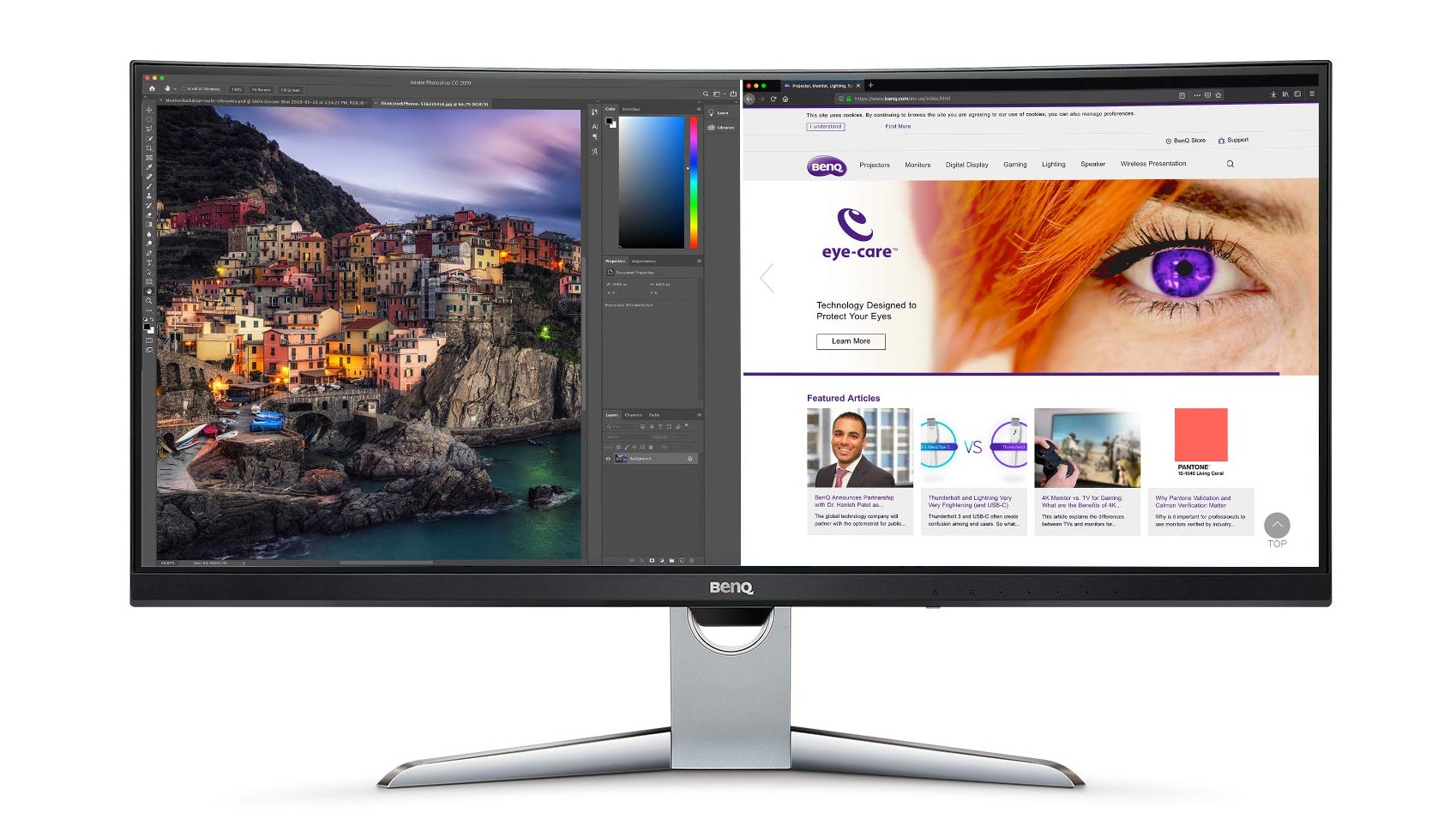
If you want a lot of space to work on editing multiple photos at once, then you'll want an ultrawide monitor, and the BenQ EX3501R is in our view the best ultrawide monitor for photo editing. It comes with a 3,440 x 1,440 resoltuion that gives you a huge desktop to work on, and its 2,500:1 contrast leads to bright and vibrant images, as well as for HDR (High Dynamic Range). Crucially, it also has 100% sRGB support, making this a great choice for photographers when looking for the best monitor for photo editing, thanks to its excellent color reproduction.
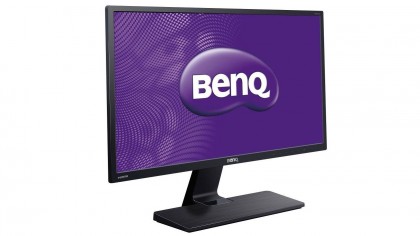
BenQ offers the most affordable full HD monitor with an HDMI connector and it doesn't look that bad. The company embraced the Bauhaus "less is more" philosophy to deliver "a celebration of minimalist" lifestyle. Those are their words, not ours. It has some standout features though; one that reduces flicker (PWM technology) and a low blue light mode which may help with headaches and sleeping disorders. With 'just' a 1080p resolution, this isn't as fancy as other monitors on this list, but it allows you to edit your photos without having to spend loads on a new screen.
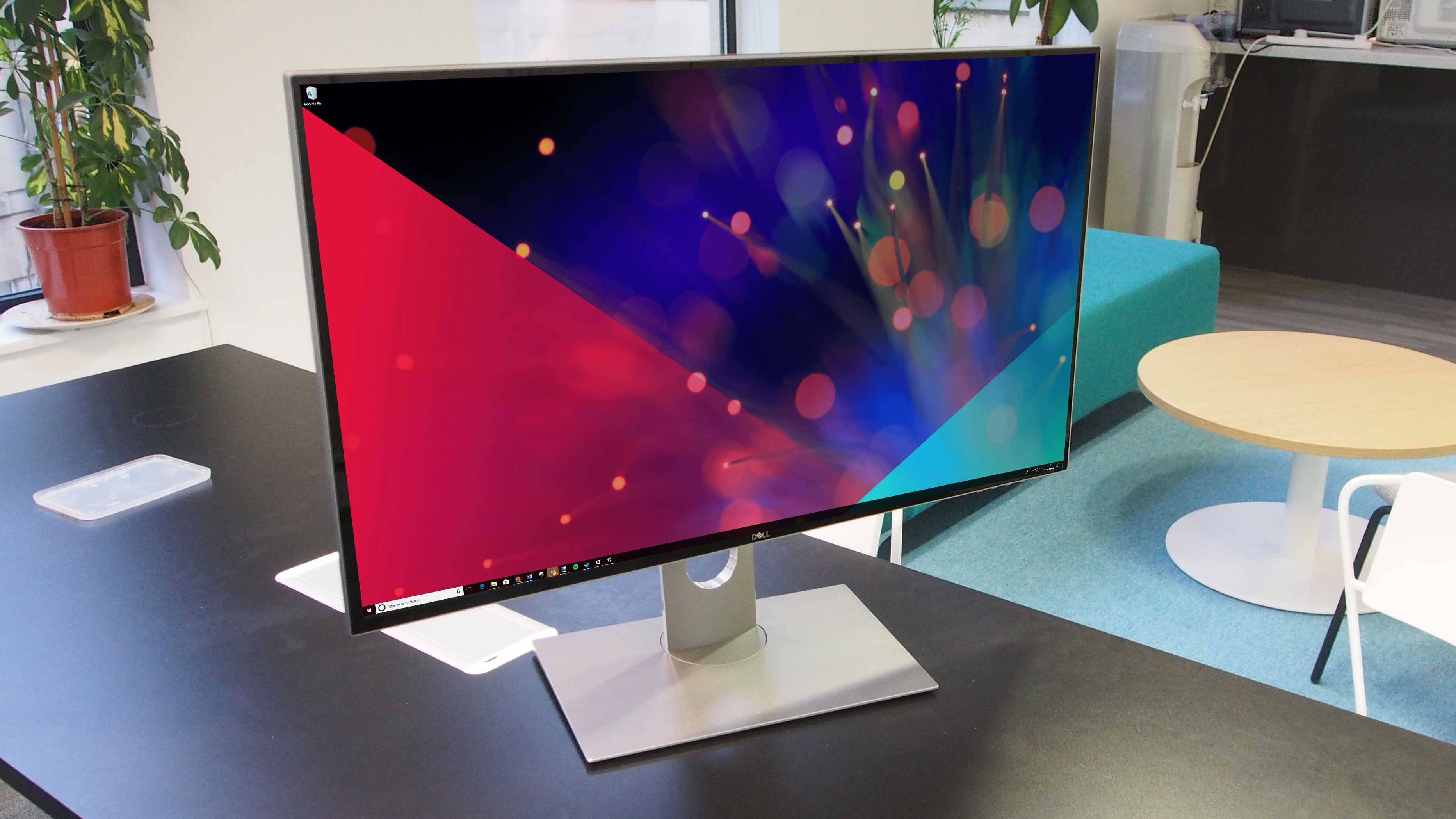
The Dell UltraSharp UP3218K is an absolutely amazing monitor for photo editing. It features a huge 32-inch screen and 8K resolution makes it perfect for photographers and video editors, and the amount of screen real estate that high resolution offers makes it an excellent productivity tool. The screen is professionally calibrated so it looks amazing out of the box, but be warned: this is a very expensive monitor. Depending on your needs, this will either be a brilliant buy, or an expensive folly.
10 things to look for in a monitor for photo editing

Should you go for a curved monitor for photo editing?
We chatted with Brett Barbour, VP at US monitor vendor, Viotek, to find out whether it makes business sense to opt for a non-flat monitor for photo editing.
When you think of the types of people that use – and love – curved monitors, three types of people come mind: gamers, gamers and gamers. But why should gamers have all the fun? Curved monitors could bring a fair bit of ergonomic benefit for office workers too. After all, our eyes have a nice curve to them. We might as well have a monitor that comes with a nice curve to match, right? Especially if we’re expected to use them at least 6-8 hours a day. Ergonomics isn’t the only benefits to curved monitors for the office.
Most of us are spending a lot of time staring at a screen, be it for work or for play. And this brings additional health risks for our eyes. Headaches. Eye strain. Eye fatigue. But research has shown that curved panels yield less eye strain and fatigue than flat panels. So they’re easier on the eyes – especially helpful if you spend most of your day in front of a monitor (or expect your employees to).
This benefit can also be further leveraged by software integrated into the monitor. For example, ASUS has their Eye Care technology; Viotek has their “Viotek Protect”; and Samsung features a proprietary “Eye Saver Mode.” These all provide a range of eye-saving benefits, including reducing the amount of harmful blue light radiation from hitting your eyes – particularly helpful when you’re looking at the screen for extended all day.
You can expect less glare and distortion with a curved monitor. Its corners are closer to you, replicating the natural curvature of the human eye. In most workspace setups, the curved monitor won’t reflect light at all, effectively reducing glare from other sources of light. The only exception being if a window is directly behind you at a certain angle. This is a rarity, but it can certainly happen.
But that's not all; normally, how nice a monitor looks is purely a question of personal preference. You like what you like – simple as. But the reality is that a curved monitor might take up less desk real estate than its flat counterpart. It might be nominal depending on the stand that it uses, but the curved ends will definitely give you some extra space to place odds and ends on your desk, from phone charging pads, pen holder or what have you.
However, it is worth looking at the potential issues they might come from. In most cases, a curved monitor still costs a bit more than its flat-screen counterpart. An LG 34WK650-W is a 34-inch flat-screen IPS monitor with 2560x1080p resolution that goes for about $396.99. Or you could grab an LG 34GL750-B 34-inch curved monitor with the same resolution and faster refresh rate for around $449.99.
The difference might be as little as $50-75 per monitor. Still, if you’re trying to fill up an entire office, that can add up.
But Is It Really a Con? Well, for now, maybe. But the cost gap is closing quickly, as manufacturing costs are dropping fast and certain brands (Samsung, ASUS, Viotek, et al.) find ways to pack a lot of features in quality monitors without sending the price through the roof.
There's also talks about the fact that curved monitors could hinder straight-line perception. This is another possibly niche drawback with curved monitors. It certainly won’t apply to every office. Professionals in engineering, drafting or drawing industries may find that their straight-line perception is slightly skewed because of the curvature of a monitor. There is software that can “fix” this issue, but if you’re in one of these industries, you may be better off sticking with a flat screen monitor for now.
How to choose a business monitor?
- Screen size is measured diagonally in inches, while resolution measures the number of pixels that make up the display. But a bigger monitor doesn't necessarily mean greater resolution; the 24-inch Eizo has a higher resolution than the 27-inch NEC, for example.
- A more useful measure of the 'crispness' of a display is pixel density, measured in pixels per inch (ppi). The NEC is 82ppi, the Eizo 94ppi, while Samsung and Dell weigh in at 109ppi.
- Monitors increasingly offer more than just a simple display for your computer, with built-in speakers, USB hubs, card readers and multiple inputs, such as HDMI, for use with a variety of devices.
- While true-to-life colour reproduction is very important in image editing, you may need to compromise to get all the features you want within budget.
- LED backlighting allows thinner displays, while IPS (or Samsung's PLS) allows for greater viewing angles.
- We'd always recommend using a digital interface like DVI or HDMI, but it depends on what your computer has. Do you want to plug in multiple devices? Make sure your new monitor has the same input as your computer has output!
- Several of these displays enable you to swivel the monitor from side to side and turn the screen 90 degrees into portrait mode.
- Most monitors are now capable of Full HD resolution (1920x1080) but more and more can do higher resolutions - many here are capable of 2560x1440, for example.
- With so many devices plugged into our computers these days, a USB hub really is something you'll wonder how you lived without.
- So many monitors - including several of these - are just plain ugly. Also see what people are saying about the button controls and menu system. Ensure it is usable.
from TechRadar - All the latest technology news https://ift.tt/36DDyG5
via IFTTT https://ift.tt/337ISAw
No comments:
Post a Comment